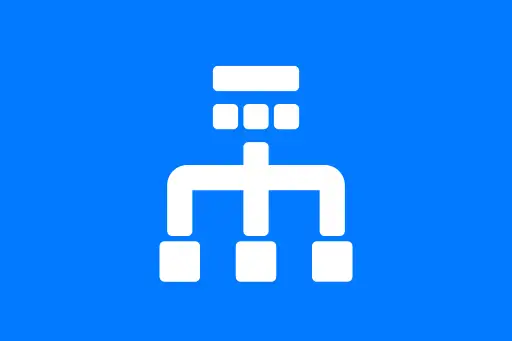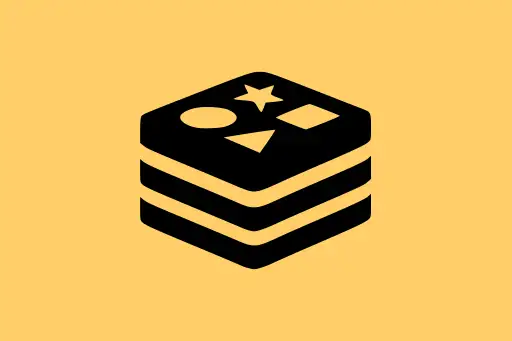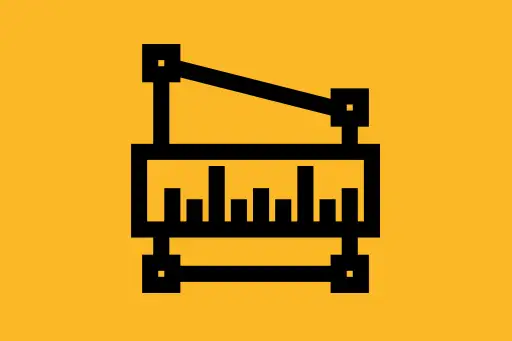Client-Side vs Server-Side Caching
Introduction to Caching
Caching is a technique used to store frequently accessed data in a temporary storage location to improve performance and reduce the time it takes to retrieve that data. In system design, caching helps reduce server load, network latency, and enhances the user experience.
Why is Caching Important?
Imagine a user opening your application every few minutes and requesting the same data, like their profile information or the homepage feed. Without caching, every request would hit your server or database, causing delays and heavy load.
With caching, you can serve this data instantly from a fast storage layer, which is especially important in large-scale systems that serve millions of users.
Client-Side Caching
Client-side caching happens in the user's device or browser. When a user visits a website, static files like images, stylesheets, and JavaScript files are stored in their local cache (usually the browser cache).
Example: Browser Caching of a Website
When you open a news website, your browser downloads images, CSS, and JS files. The next time you visit the site, instead of downloading everything again, your browser uses the cached versions.
This reduces loading time and makes the website feel faster.
How Does It Work?
Web developers use HTTP headers like Cache-Control or ETag to control how long files should be cached on the client’s device.
Question: What happens if the developer updates a JavaScript file?
Answer: The browser might still use the old version if the cache isn’t invalidated. That’s why developers often use versioned file names like app.v2.js to force the browser to download the new version.
Advantages of Client-Side Caching
- Reduces server load
- Improves user experience with faster load times
- Works offline (Progressive Web Apps use this extensively)
Limitations of Client-Side Caching
- Data is limited to a single user or session
- Security risks if sensitive data is cached improperly
- Not suitable for frequently changing dynamic content
Server-Side Caching
Server-side caching happens on the server before the response is sent to the user. This is typically used to store results of expensive operations like database queries or complex computations.
Example: Caching User Feed on a Social Media App
Generating a user's feed requires fetching posts from friends, sorting by time, and applying algorithms. Doing this for every request is slow and costly.
Instead, the server can cache the feed result for a few minutes. When the next request comes in, the server quickly sends the cached result, saving CPU time and database hits.
How Is It Implemented?
Popular server-side caching systems include:
- In-memory caches: Redis, Memcached
- Application-layer caching: Using frameworks like Flask or Django's caching modules
Question: What if the data changes during the cache period?
Answer: That’s called “stale data.” To handle this, we define cache expiration policies like Time-To-Live (TTL) or use event-based invalidation when the data is updated.
Advantages of Server-Side Caching
- Handles dynamic data and shared responses across users
- Reduces database and CPU load
- More control over invalidation and refresh
Limitations of Server-Side Caching
- Consumes server memory
- Can be complex to invalidate stale data correctly
- Needs careful tuning for high-performance use
Client-Side vs Server-Side Caching: Key Differences
| Feature | Client-Side Caching | Server-Side Caching |
|---|---|---|
| Location | User’s browser or device | Application server or cache server |
| Data Scope | Specific to the user | Shared among multiple users |
| Examples | HTML, CSS, JS, images | Database query results, API responses |
| Control | Controlled via HTTP headers | Controlled via server configuration or code |
| Security | Can be risky if sensitive data is cached | Usually secure under server management |
Best Practices
- Use client-side caching for static, non-sensitive resources
- Use server-side caching for expensive computations and database queries
- Always implement cache invalidation and expiration policies
- Test the system for both performance and data freshness
Summary
Client-side and server-side caching are both important in designing scalable, high-performing systems. Choosing the right caching strategy depends on what data you're serving, how often it changes, and how sensitive it is.
By understanding both approaches, you can build applications that are fast, efficient, and scalable—even under heavy user load.











Comments
Loading comments...